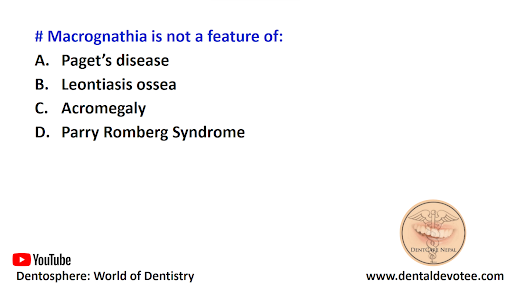# Which of the following is not a risk indicator for periodontitis?
A. HIV/AIDS
B. Bleeding on probing
C. Infrequent dental appointment
D. Osteoporosis
The correct answer is B. Bleeding on probing.
• A risk factor is an environmental, behavioral, or biological factor that, if present directly increases the probability of a disease (or adverse event) occurring and, if absent or removed, reduces that probability.
• A risk indicator is a probable risk factor that has not been confirmed by carefully conducted longitudinal studies.
• A risk predictor is a characteristic that is associated with an elevated risk for a disease (or adverse event), but may not be part of the causal chain.
Risk determinants/background characteristics for periodontal disease
• Genetic Factors
• Age
• Gender
• Socioeconomic status
• Stress
Risk indicators for periodontal disease
• Human Immunodeficiency Virus/Acquired Immunodeficiency Syndrome
• Osteoporosis
• Infrequent Dental Visits
Risk markers/predictors for periodontal disease
• Previous History of Periodontal disease
• Bleeding on Probing







